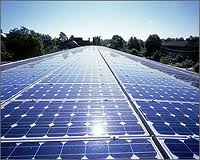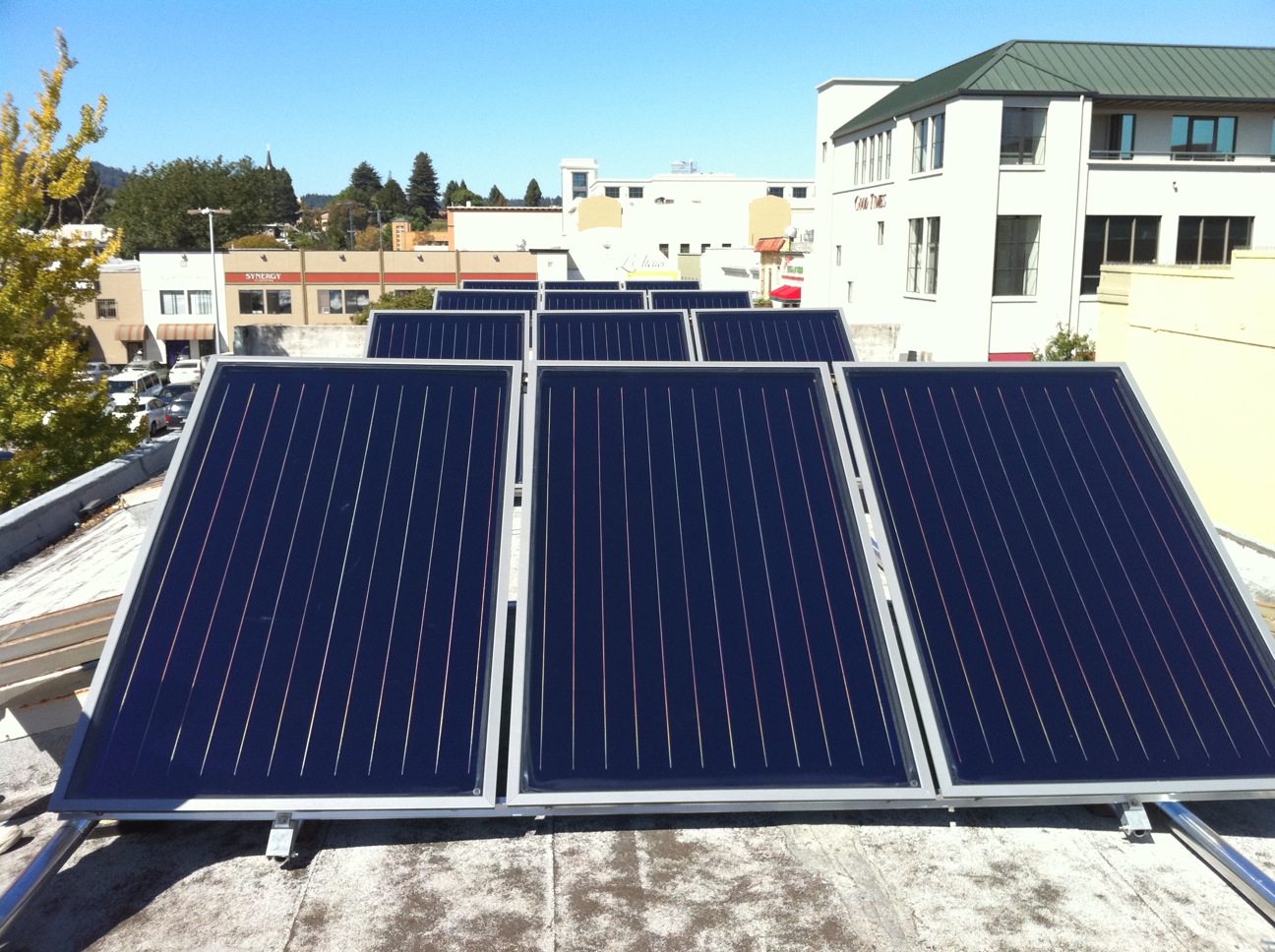 There is no dispute that solar PV has grown faster than solar thermal in the United States. Why? I think there are three basic reasons.
There is no dispute that solar PV has grown faster than solar thermal in the United States. Why? I think there are three basic reasons.
1) More and better financing for PV than solar thermal
Banks and venture capitalists have loved solar PV for quite some time, and the reason is that solar PV projects are profitable with solar power purchase agreements (PPAs).
Solar PPA’s for solar PV are a win-win. They provide low-upfront costs to the customer while also reducing energy costs. At the same time, banks and financiers are able to recoup profits over time by capturing all of the available solar incentives, plus charging the customer a discounted rate for the power that they consume.
What’s odd is that solar thermal applications have not attracted the same win-win attention from banks and finance people. Just as with solar PV, it’s possible to meter and measure solar hot water production and reduce the gas utility bills of large commercial applications, such as hotels, condos, apartment buildings, hospitals, laundromats, nursing homes, and so much more.
The bottom line is that bankers and other financiers need to become better informed  about solar thermal applications, economics, and to develop more ways to finance projects.
about solar thermal applications, economics, and to develop more ways to finance projects.
2) More and better subsidies for PV than solar thermal
Clean solar energy is clean solar energy, and yet governments seem to be more amenable to subsidizing solar electric clean energy than solar water heating applications. If you run down the list of all of the subsidies available on the DSIRE database, you’ll find many more—and richer—solar PV subsidies than for solar thermal.
Once again, I think the reason behind this tilt against solar thermal is the lack of awareness and understanding from legislators about the benefits of solar thermal applications. From hot water and heat, to air conditioning, solar thermal installations could be saving consumers, businesses, and government facilities thousands of dollars over the system’s lifetime. In large installations, hundreds of thousands of dollars.
Environmentally, solar thermal can not only reduce our dependence on fossil fuels, but also decrease the currently trend in hydrofracking, a process that may not only damage the environment, but also contaminate drinking water.
The solar industry needs better solar thermal lobbyists. Lobbyists are a dirty word, I know, and yet, they are effective getting in front of legislators and explaining the benefits of solar.
3) Subsidized low gas prices
Subsidizing the exploration of natural gas and other fossil fuels are not helping any consumer or business to consider purchasing renewable solar PV or solar thermal.
It’s hypocritical for the Federal government to say that it wants to move the nation towards clean, renewable, non-polluting energy while encouraging the development of natural gas, enabling natural gas prices to remain artificially low. Meanwhile, utilities are raising their coal-fired electric rates between 3% and 5% a year, making solar PV increasingly competitive.
I’m not saying that gas won’t play a role in our nations near-term energy portfolio, but the sooner our legislators encourage more renewable solar alternatives by leveling the playing field and eliminating gas subsidies, the more solar jobs will be created, and of course, the more energy independent our country will be.
Once again, the solution is better solar thermal lobbying. Solar PV and wind companies all have policy people who are constantly talking to legislators. Solar thermal needs that same face-to-face representation.





















Good to see that solar is growing in the States – we’re finding it a bit tougher to convince the Brits. I think it might be more of a weather thing to kick off with, but we’ll get there.